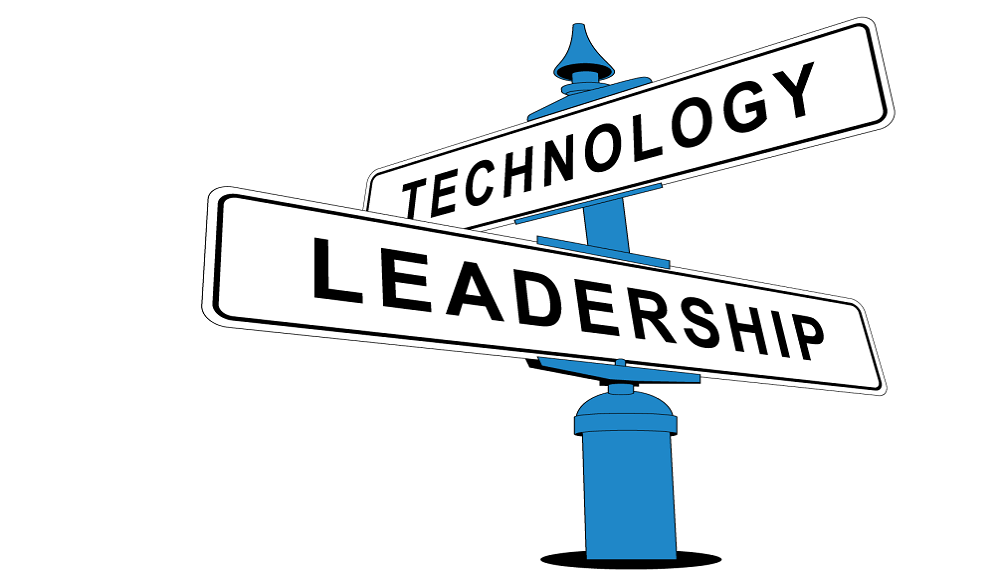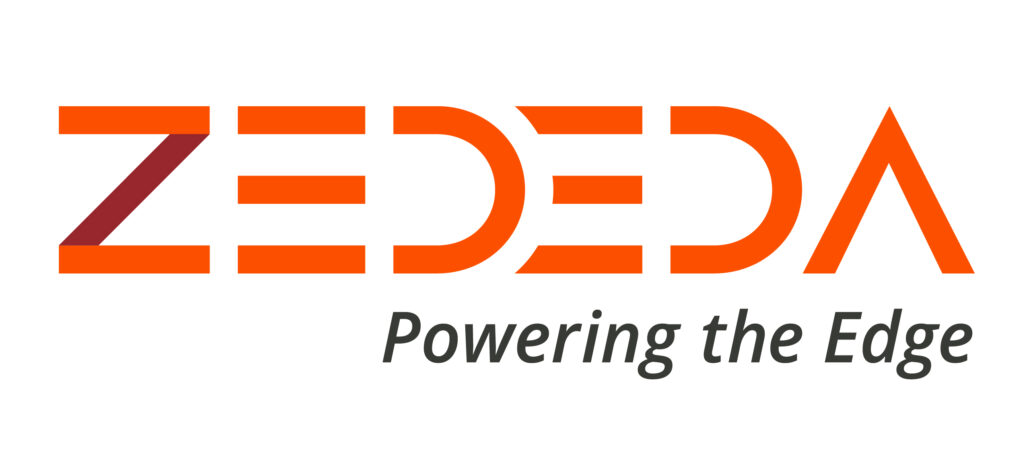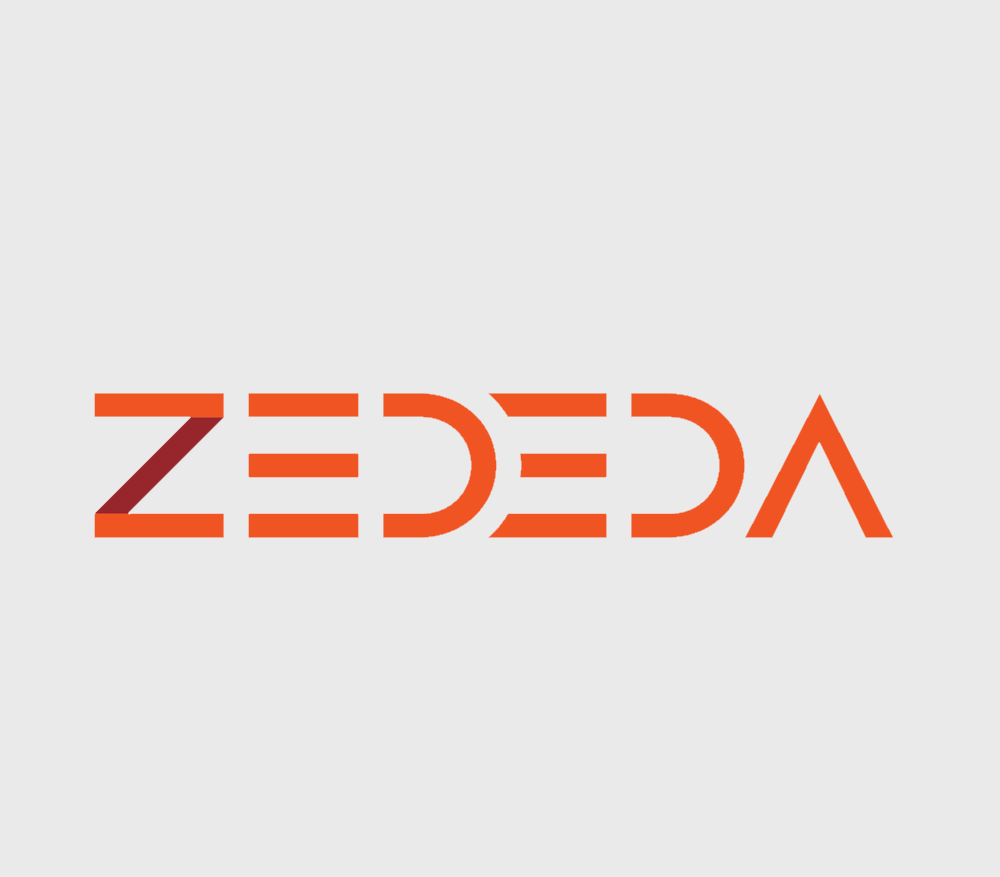
[Editorial note: This is the second post of a six-part series. If you missed the first post, check out,“CTO Spotlight: Q&A with Roman Shaposhnik (Part 1)”]
We’re back with Roman Shaposhnik, Co-Founder and CTO at ZEDEDA! Last week we learned more about Roman and his insights into the challenges of edge solutions, and the future of edge computing technology. We also began to discuss Roman’s exciting transition into the role of the CTO at ZEDEDA. Ranked as the top 8 in the Best Places to Work 2022 by San Francisco Business Times and the Silicon Valley Business Journal, ZEDEDA continues to grow its organizations and nourish its thriving company culture. In this post, we’ll dive deeper into Roman’s role as CTO at ZEDEDA and what he defines as the “CTO’s mission.”
Q: How would you describe the purpose and responsibilities of the CTO?
A: Any tech startup begins with founders. Typically, you’ll have a few technical founders and a few business founders. Sometimes a single individual will embody a mixture of both backgrounds. As long as there are a few dozen people in the company, all the C-level titles (with a sole exception of the CEO – simply because it is mandated by law), are completely meaningless. It’s a similar situation for VP level titles. It is really just “nose to the grindstone” – let’s get this thing prototyped, funded, and get one or a couple customers to be interested in us (let alone buy from us).
As you start to grow and attract more engineers, you need to start investing heavily in building the right kind of engineering culture for them. At this point, just to get the team started, one of the technical co-founders would typically play a role that is between a VP of Engineering and CTO. We got really lucky with ZEDEDA – two of my co-founders, Vijay Tapaskar, and Erik Nordmark, did exactly this action. When the company reached the next stage of growth, it was the right time to split the outward-facing, vision-focused functions into a separate role. After all, it is only a half joke that CTO stands for “Chief Twitter Officer,” (and my twitter activity is second to none!). But seriously – the most difficult part in any technology startup is to figure out where VP of Engineering ends and CTO begins. My dearest friend Bryan Cantrill said it best: the VP of Engineering is responsible for reality and the CTO is responsible for the future of where the company is headed technologically. Both must be stewards of the engineering culture, though. They must be joint at the hip. It won’t work in any other way. Of course, this can only be ever possible if the VP of Engineering is, in the words of Bryan, “an absolute quintessential uber-engineer.” Any other setup (like him or her being a business or a process person) is doomed to fail.
Q: How would you define the “CTO’s mission” and what is the primary goal?
A: Roughly speaking the CTO is expected to focus his or her energy on the following three key functional areas of the mission:
- Fiduciary function – “long-term technical strategy” and “north star” vision
- Technology and vision marketing function – technical evangelism within and outside the company
- Engineering culture function – serving as an embodiment of what it means to build an engineering organization that can truly innovate
Q: What is the CTO’s long-term technology strategy?
A: The CTO must effectively hold, develop, articulate, and continually evolve the company’s strategic technical direction and “north star” vision. In the case of ZEDEDA, it ultimately boils down to becoming the undisputed market leader in edge computing, meaning “ZEDEDA owns the edge.” Now, this doesn’t mean that CTO becomes a bottleneck for innovation. Far from it! In fact, the CTO is really in the business of intelligence and avoiding major surprises. As Greg Papadopolous says, “The CFO is not responsible for making revenue every quarter, but if there is a big surprise, fire them. Similarly, the CTO isn’t responsible for delivering products every quarter, but if he or she misses a key technical inflection point (i.e. the Internet), fire them.” Many CTOs in BigCO’s ought to be fired for missing the public cloud and the edge – but that’s a different story.
Q: How does a CTO connect the technology strategy to the business strategy?
A: The CTO brings the proper balance between business and technology strategy by effectively connecting the outside world with the inside through distilling information regarding key technology trends that indicate where the company needs to go next, thus aligning the company’s technology strategy with its business strategy.
On top of that, the CTO is responsible for making sure the company continues to have:
- The best technology understanding and vision in a dynamically-evolving highly-competitive space
- The most effective relationships with various open source communities and organizations
Finally, the CTO is responsible for defining and driving intellectual property (IP) strategy, including innovation, patents, and making sure the company is able to defend itself from future competitors infringing on its ideas and approaches.
Q: How does the CTO inspire and excite the organization?
A: As a Chief Twitter Officer, the CTO, you are expected to be way bigger than the company you are working for. In fact, in ZEDEDA’s case the CTO is expected to inspire and lead a much bigger open community with the long-term technical vision around edge computing as a whole. The CTO must inspire and excite people internally around the long-term vision of the company of course, as well as convince outsiders that this is where the world is going to be, and that our company is the best choice to take them there. It is only possible, of course, if the CTO speaks with authority about the market needs, must be credible with customers, and articulates the business value and ROI to a variety of audiences (internal and external).
Stay tuned for the next blog post with Roman as we explore more about empowering open-source culture within the organization and diving deeper into measuring the CTO’s performance. In the meantime, discover more about how ZEDEDA is also empowering and educating customers, partners, and employees on edge computing technology.




